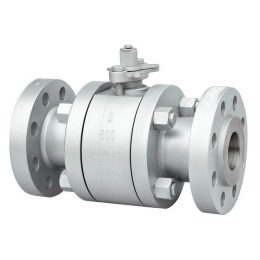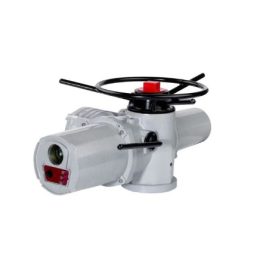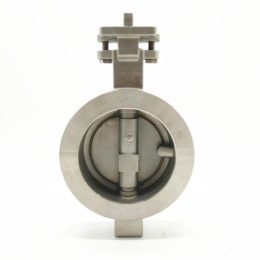Principle of Valve Sealing
Valves are used to control the flow of fluids, and the sealing problem is a crucial aspect to consider. Valve sealing technology has experienced significant development over the years and can be classified into two main categories: static sealing and dynamic sealing.
Static Sealing
Static sealing is the formation of a seal between two static surfaces, and gaskets are typically used for this purpose. There are several types of gaskets, including flat gaskets, O-rings, wrap gaskets, special-shaped gaskets, wave gaskets, and winding gaskets. The production materials for gaskets are metallic materials, non-metallic materials, and composite materials.
Each type of gasket has its own characteristics and scope of application. For example, flat washers are divided into plastic, rubber, metal, and composite categories. On the other hand, O-rings have a cross-section that is O-shaped, giving them a certain self-tightening effect that makes them more effective than flat gaskets. Wrapped gaskets are wrapped around a material, providing good elasticity and enhancing the sealing effect. Special-shaped washers are irregularly shaped, including oval, diamond, and gear washers, and are mostly used in high and medium pressure valves. Wave washers are composed of metal and non-metallic materials and have a small pressing force and good sealing effect. Spiral wound gaskets are formed by winding thin metal and non-metallic belts together tightly, providing good elasticity and tightness.
Dynamic Sealing
Dynamic sealing is the prevention of medium flow leakage in the valve with the movement of the valve stem. The main sealing method for dynamic sealing is the use of a stuffing box. There are two basic types of stuffing boxes: gland type and compression nut type. Gland types are the most widely used form and are divided into combined and integral types, and compression nut types are used for smaller valves.
In the stuffing box, all packings must have good sealing performance, low friction coefficient, adaptability to the medium’s pressure and temperature, and resistance to corrosion. Rubber O-rings, PTFE braided packing, asbestos packing, and plastic molding packing are commonly used fillers.
Principles of Valve Tightness
To prevent leakage, we must understand the principles of valve tightness. The two main factors causing leakage are the gap between the sealing pairs and the pressure difference between the two sides of the sealing pair. The principle of valve tightness is analyzed from four aspects: liquid tightness, gas tightness, leakage channel sealing principle, and valve sealing pair.
Liquid tightness is performed by the viscosity and surface tension of the liquid. When the capillary leaked by the valve is filled with gas, the surface tension may repel the liquid or introduce the liquid into the capillary, forming a tangent angle. When the tangent angle is less than 90°, leakage occurs. The airtightness of gas is related to the viscosity of gas molecules and gas. Leakage is inversely proportional to the length of the capillary tube and the viscosity of the gas, and proportional to the diameter of the capillary tube and the driving force.
The valve seal is composed of the roughness of the unevenness scattered on the wave surface and the waviness of the distance between the wave crests. In the valve design, the sealing pair is matched with a certain hardness difference to produce a certain degree of plastic deformation sealing effect.
The valve sealing pair is the part that closes when the valve seat and the closing member are in contact with each other. During use, the metal sealing surface is susceptible to being damaged by the sandwiched medium, medium corrosion, wear particles, cavitation, and erosion. To prevent leakage, we must choose materials that are resistant to corrosion, abrasion, and erosion.
In conclusion, valve sealing technology is crucial to valve performance and quality. Understanding the principles of static and dynamic sealing, as well as the principles of valve tightness, is important for preventing leakage and ensuring the proper function of valves.



